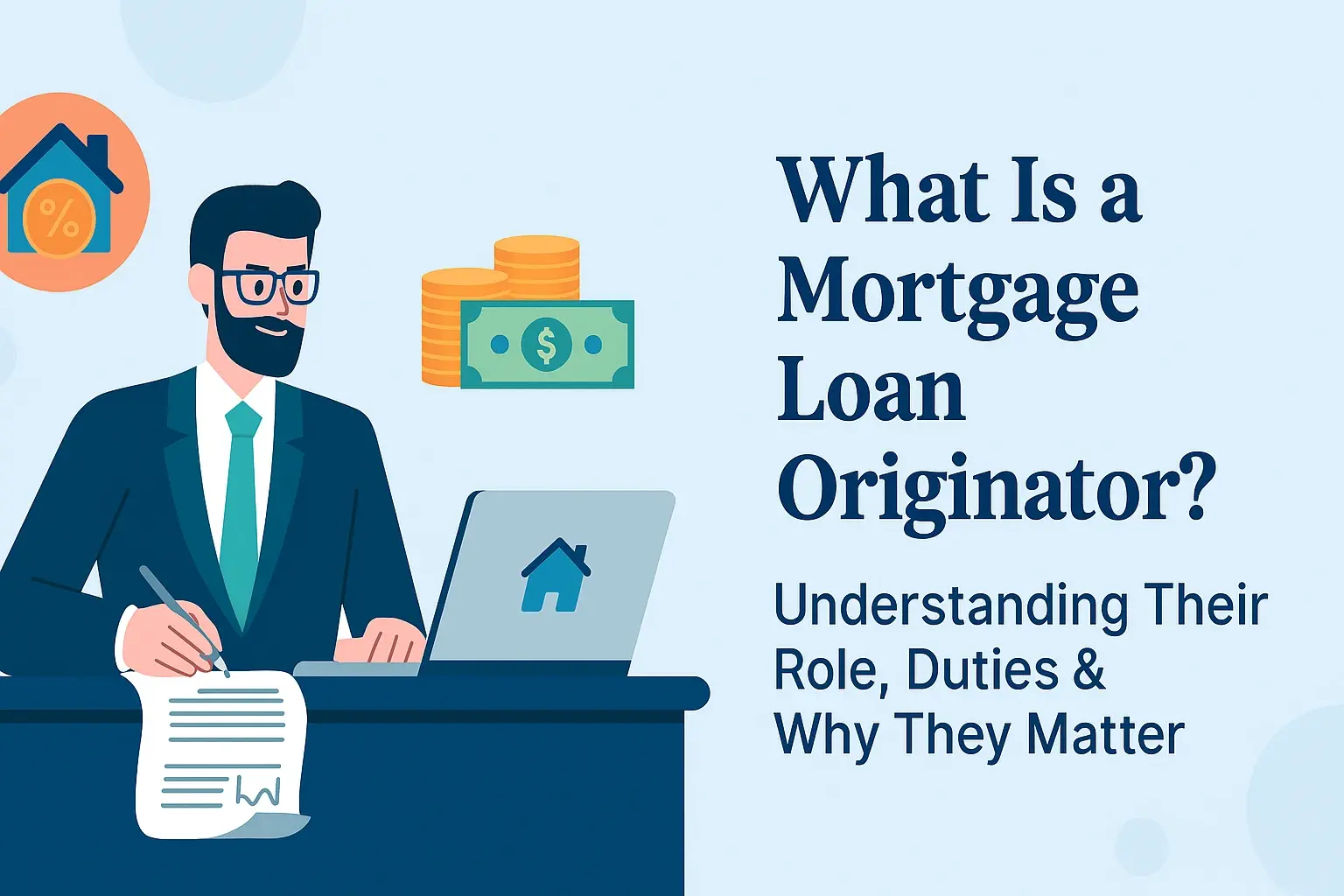-
Posted on: 11 Jan 2025

-
Removing paid collections from your credit report is a crucial step toward improving your financial health and credit score. This guide offers actionable strategies and insights to help you achieve this goal, empowering you to take control of your credit future.
Understanding Paid Collections on Your Credit Report
A collection account appears on your credit report when a debt that you have defaulted on is sold to a third-party collection agency. Even after you pay this debt in full, the collection account often remains on your credit report. This can be disheartening, as you've fulfilled your financial obligation, yet the negative mark persists. Understanding what a paid collection is, how it gets there, and why it affects your credit is the first step in effectively removing it.
Why Removing Paid Collections Matters
While paying a collection account is a responsible action, its continued presence on your credit report can significantly hinder your creditworthiness. Lenders view outstanding or recently paid collections as indicators of past financial difficulties. This perception can lead to higher interest rates on loans, credit card rejections, and even difficulties in securing housing or employment. The goal of removing paid collections is to present a more accurate and positive reflection of your current financial behavior, thereby improving your credit score and opening doors to better financial opportunities. In 2025, credit scoring models continue to place a significant emphasis on the recency and type of negative information, making the removal of even paid collections a strategic move for consumers aiming for optimal credit health.
How Collections Appear on Your Credit Report
When a creditor can no longer collect a debt, they may sell it to a specialized company known as a collection agency. This agency then attempts to recover the outstanding balance. If the debt is legitimate and the collection agency reports it to the credit bureaus (Equifax, Experian, and TransUnion), it will appear on your credit report. It will typically be listed as a separate account, often with the original creditor's name and the collection agency's name, along with the amount owed. The status might indicate "paid collection" or "settled for less than full balance" after payment. The key is that the collection event itself, regardless of payment status, remains a part of your credit history until it ages off naturally or is removed through dispute or negotiation.
The Impact of Collections on Your Credit Score
Collections, even paid ones, are considered negative information on a credit report. Credit scoring models, like FICO and VantageScore, penalize consumers for having collection accounts. The exact impact varies depending on several factors, including the amount of the collection, how recent it is, and your overall credit profile. However, even a paid collection can lower your credit score by as much as 50-100 points, according to recent analyses. This is because the presence of a collection suggests a past inability to manage debt obligations, which is a significant factor in credit risk assessment. For 2025, credit bureaus and scoring models are increasingly sophisticated in analyzing credit data, making the removal of such negative items a priority for credit score optimization.
Strategies to Remove Paid Collections from Your Credit Report
Removing paid collections requires a strategic approach. Simply paying off a collection does not guarantee its removal. You need to actively pursue removal through negotiation, dispute, or other valid methods. The following strategies are designed to help you tackle these issues effectively.
1. Negotiating a "Pay-for-Delete" Agreement
This is often considered the most effective strategy. A "pay-for-delete" agreement is a negotiation with the collection agency where you agree to pay a portion or the full amount of the debt in exchange for the agency agreeing to remove the collection account entirely from your credit report. It's crucial to get this agreement in writing before you make any payment. Many collection agencies will agree to this, especially if the debt is old, as it resolves the account for them without the administrative hassle of reporting it. Always confirm the terms of the agreement in writing, specifying that the collection will be deleted from all three major credit bureaus.
Steps for Pay-for-Delete:
- Contact the Collection Agency: Reach out to the collection agency that owns the debt.
- Negotiate the Amount: Offer to pay a reduced amount (e.g., 30-50% of the balance) or the full amount.
- Request Deletion: Clearly state that your payment is contingent upon the removal of the collection from all three credit reports.
- Get it in Writing: Insist on a written agreement detailing the terms of the pay-for-delete.
- Make Payment: Once you have the written agreement, make the agreed-upon payment.
- Verify Removal: After payment, monitor your credit reports for 30-60 days to ensure the collection has been removed.
2. Disputing Inaccurate or Outdated Collections
The Fair Credit Reporting Act (FCRA) allows you to dispute any information on your credit report that you believe is inaccurate. This applies to collection accounts as well. If the collection agency cannot accurately verify the debt, or if it has been reported incorrectly (e.g., wrong amount, wrong date, not yours), you have grounds for a dispute. Furthermore, collection accounts generally remain on your credit report for seven years from the date of the original delinquency, even if paid. If a collection is older than seven years, it should have automatically fallen off your report. You can dispute its presence if it hasn't.
Key points for disputing:
- Accuracy: Ensure all details of the collection are correct.
- Timeliness: Collections should fall off after seven years.
- Ownership: Verify the collection agency has the right to collect.
3. Validating the Debt
Under the Fair Debt Collection Practices Act (FDCPA), you have the right to request debt validation from a collection agency. This means the agency must provide proof that they own the debt and that the amount is accurate. You must request this validation in writing within 30 days of the initial contact from the collection agency. If they cannot provide sufficient proof, they must cease collection efforts and remove the item from your credit report. Even if you've already paid, you can still request validation, though the 30-day window for certain FDCPA protections might have passed. However, the principle of verifying the debt's legitimacy remains.
Debt Validation Request Checklist:
- Request validation in writing.
- Specify what information you require (proof of ownership, original agreement, etc.).
- Keep copies of all correspondence.
- Do not admit to owing the debt when making the request.
4. Writing a Goodwill Letter
A goodwill letter is a request to the original creditor or collection agency to remove a negative mark from your credit report as a gesture of goodwill. This is most effective if you have a history of responsible credit behavior and the collection was an isolated incident due to extenuating circumstances (e.g., job loss, medical emergency). While not guaranteed, some creditors or agencies may agree to remove the collection if they believe you are a low-risk customer otherwise. This strategy is less about negotiation and more about appealing to their discretion. It's typically used for accounts that are not necessarily inaccurate but represent a past lapse in judgment or financial hardship.
Elements of a Goodwill Letter:
- Polite and respectful tone.
- Explanation of the circumstances leading to the delinquency.
- Confirmation that the debt has been paid or settled.
- Clear request for removal as a gesture of goodwill.
- Mention of your positive credit history otherwise.
5. Exploring Legal Avenues
If you believe the collection agency has violated the FDCPA or FCRA, you may have legal recourse. This could include suing the agency for damages. Violations can include harassment, misrepresentation, or attempting to collect a debt that is not yours or is time-barred. Consulting with a consumer protection attorney can help you understand your rights and options. While this is a more serious step, it can be effective if significant violations have occurred. Many attorneys offer free initial consultations, so it's worth exploring if you suspect illegal collection practices.
Potential Legal Violations:
- Harassment or abuse.
- False or misleading representations.
- Unfair practices.
- Collecting on a debt you don't owe.
- Violating reporting rules.
The Dispute Process Explained
Disputing an item with the credit bureaus is a formal process that can lead to the removal of inaccurate or unverifiable information, including collections. It's a powerful tool that consumers can use to correct their credit reports.
Step 1: Gather Your Information
Before you begin disputing, collect all relevant documents. This includes copies of your credit reports from Equifax, Experian, and TransUnion. Highlight the specific collection account you wish to dispute. Gather any communication you've had with the collection agency, including payment records, letters, and notes from phone calls. If you are disputing based on inaccuracy, collect evidence supporting your claim (e.g., proof of identity, dates, amounts).
Step 2: Determine Your Strategy
Based on the information you've gathered, decide on your dispute strategy. Are you disputing because the collection is inaccurate? Is it outdated? Did you negotiate a pay-for-delete? Or are you simply challenging the agency's ability to validate the debt? Your strategy will inform the content of your dispute letter.
Step 3: Contact the Collection Agency
While you will dispute directly with the credit bureaus, it's often beneficial to first attempt communication with the collection agency. If you haven't already, send a debt validation letter. If you have a pay-for-delete agreement, this is where you would follow up to ensure they are upholding their end of the bargain after payment. Sometimes, resolving the issue directly with the agency can be faster than going through the credit bureaus.
Step 4: Send a Dispute Letter
You can dispute with the credit bureaus online, by phone, or by mail. Sending a certified letter with return receipt requested is highly recommended for documentation purposes. Your letter should clearly state:
- Your full name and address.
- Your Social Security number (last four digits are usually sufficient for verification).
- The name and account number of the collection you are disputing.
- The reason for your dispute (e.g., "This debt is inaccurate," "This debt has been paid and should be removed," "This collection is older than seven years and should have been removed").
- Attach copies (never originals) of any supporting documents.
- Request that the item be investigated and removed if found to be inaccurate or unverifiable.
The credit bureaus have 30 days (or 45 days if you send the dispute within 3 days of receiving your report) to investigate your dispute. They will contact the furnisher of the information (the collection agency) for verification.
Step 5: Escalate if Necessary
If the credit bureaus fail to investigate properly, or if the collection agency provides insufficient verification, you may need to escalate. This could involve sending a follow-up letter, filing a complaint with the Consumer Financial Protection Bureau (CFPB), or consulting with a consumer protection attorney. Remember, the FCRA requires furnishers to have procedures in place to ensure accuracy, and credit bureaus must conduct reasonable investigations.
Understanding the Credit Reporting Agencies
Equifax, Experian, and TransUnion are the three major credit reporting agencies in the United States. They collect and maintain credit information on consumers from lenders and creditors. When you apply for credit, lenders check your credit report from one or more of these agencies to assess your creditworthiness. Each agency may have slightly different information, which is why it's important to check your reports from all three. The FCRA grants you the right to obtain a free credit report from each bureau annually through AnnualCreditReport.com. Understanding how these agencies operate and your rights under the FCRA is fundamental to managing your credit effectively.
Timeline for Removal and What to Expect
The timeline for removing a paid collection can vary significantly. If you successfully negotiate a pay-for-delete, you might see the removal within 30-60 days after payment and confirmation. If you dispute the item with the credit bureaus, the investigation typically takes 30-45 days. If the dispute is successful, the collection should be removed. However, if the collection agency provides verification, it may remain on your report. Legally, most negative items, including collections, remain on your credit report for seven years from the date of the original delinquency. Paid collections that are older than seven years should have already been removed. If they haven't, you can dispute them based on their age. Be patient, as the credit reporting system can sometimes be slow to update.
Preventing Future Collections
The best way to deal with collections is to avoid them altogether. Here are some proactive steps to prevent future collection accounts:
- Budgeting and Financial Planning: Create a realistic budget and stick to it. Track your income and expenses to ensure you can meet your financial obligations.
- Prioritize Payments: Make at least the minimum payments on all your debts on time. If you anticipate difficulty, contact your creditors before you miss a payment.
- Build an Emergency Fund: Aim to save 3-6 months of living expenses in an emergency fund. This can help you cover unexpected costs without resorting to debt.
- Avoid Unnecessary Debt: Be cautious about taking on new debt, especially high-interest debt like credit cards or payday loans.
- Review Credit Reports Regularly: Check your credit reports at least annually for errors or suspicious activity. Early detection can prevent bigger problems.
- Communicate with Creditors: If you're struggling, communicate with your creditors. They may be willing to work out a payment plan or temporary hardship arrangement.
By implementing these preventative measures, you can significantly reduce the likelihood of encountering collection agencies in the future and maintain a healthy credit profile.
Conclusion: Your Path to a Cleaner Credit Report
Removing paid collections from your credit report is an achievable goal that can profoundly impact your financial future. While these marks can be stubborn, understanding your rights under the FCRA and FDCPA, combined with strategic negotiation and diligent dispute processes, offers a clear path forward. Remember that a pay-for-delete agreement, when properly documented, is often the most direct route. If that's not feasible, disputing inaccuracies or challenging the debt's validity can also lead to removal. Always get agreements in writing, keep meticulous records, and don't hesitate to seek professional help if needed. By taking these proactive steps in 2025, you can reclaim your creditworthiness, improve your scores, and unlock better financial opportunities. Your commitment to a cleaner credit report is an investment in your long-term financial well-being.










